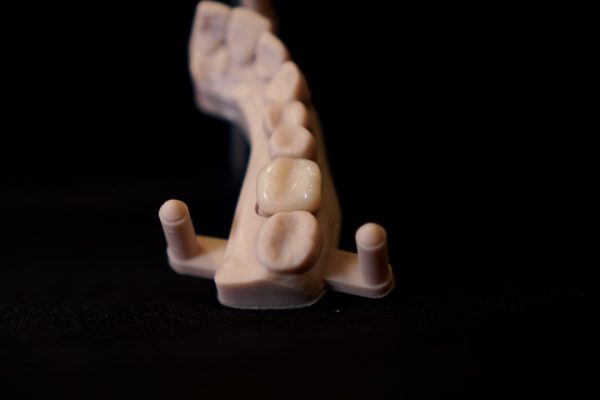
Dr Sina Ghezel discusses 3D printing in dentistry and how it has transformed his practice and level of service.
In late 2019, I purchased my first dental practice. Like most new principals I wanted to implement changes to make the practice more efficient and improve the level of service provided.
The practice had a small onsite laboratory where the dentists could cast their models, make whitening trays and fabricate retainers. I’d heard about 3D printing and couldn’t help but think that this was the future. I started researching online and ended up buying a 3D printer from Amazon.
I quickly realised you get what you pay for.
As with every new endeavour, understanding the basics is fundamental. I had not considered the importance of planning the prints (the CAD/slicing software) and post print processing.
My first printer was extremely slow, and the wash and cure mechanisms were not effective enough to remove the excess resin which remains on the models after the print had completed. As a result, the models were often sticky and brittle.
Just a week later, I ordered a new printer from a more established 3D printing company. This set up was much more professional.
The printer had many more functions, and the printing capacity was higher. I used this printer successfully for over 18 months, so much so that I wanted to push the boundaries of what we were able to 3D print.



Addressed the shortcomings
In 2022 I came across Sprintray. I was impressed by the company’s decision to focus solely on the dental market and felt they had addressed many of the shortcomings of my existing set up.
I found the planning software, 3D printer and post processing to be far better suited to the specific needs of a busy dental practice. Furthermore, the speed and efficiency of the printer allowed for quicker turnaround times.
With the machine now being used far more routinely than I had initially expected, I felt it was important that a member of staff was trained to plan the prints, operate and maintain the equipment.
As a clinician the designing of prostheses can be time consuming, but it was not something I could simply delegate to a member of staff. This is where Sprintray’s AI planning tool, and cloud design service helped greatly, particularly with more intricate designs such as nightguards.
I could simply upload IOS scans, pay a small fee and the design would return, ready for printing.
Today, our printer is in constant use. It has enabled us to provide a far superior service to our patients by improving the turnaround times on models, whitening trays and also retainers.

‘A game changer’
We are now routinely making 3D printed splints which are planned with Sprintray’s cloud design service. We are also starting to explore 3D printed crowns and bridges – which could be a game changer for temporisation and even final restorations.
What’s great is that all the above can be printed at a fraction of the usual laboratory costs – but, more importantly, much faster.
I clearly recall a case where one of our routine patients had been to the practice for tooth whitening, for which she had been scanned. Unfortunately, late one evening the patient was involved in an accident which caused the loss of her front tooth.
Within a couple of hours we were able to 3D print her models and create an temporary Essix retainer to fill the space.
This level of service is simply not possible without the printer.
Fast forward to 2023, resin technology continues to evolve. Within the coming years, I have no doubt that 3D printing will become a routine fixture in general practice.

Interested to learn more? Request a free demo here: sprintray.com/en-uk/request-a-demo


